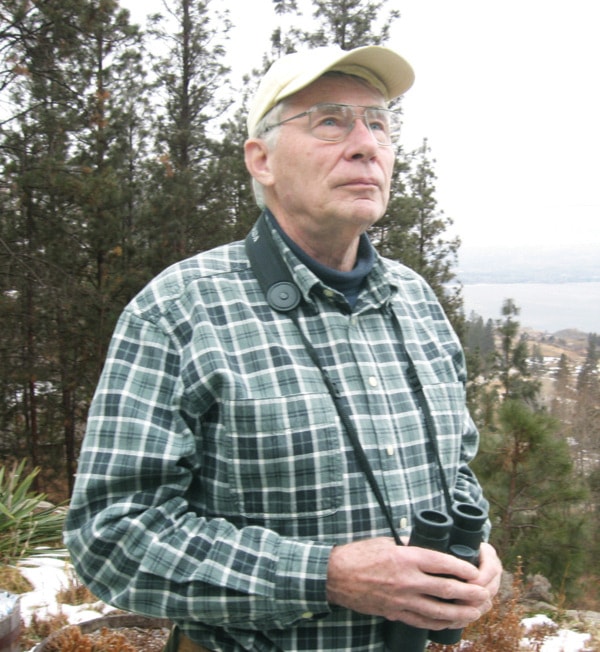Autumn rains have stimulated mushrooms to pop up on lawns, in gardens and in the woods.
Their various sizes, shapes and colours have attracted people for centuries.
Mushrooms are the fruiting bodies produced by a large group of fungi. The typical mushroom has a stalk, a cap that gradually opens in an umbrella-like fashion, and on the lower surface of the cap a series of radiating, paper thin gills or plates. On the surfaces of the gills tens of thousands of microscopic spores develop. These wind blown spores spread the fungus over long distances.
Mushrooms are either decomposers, symbionts or pathogens. Through these lifestyles, mushrooms play major roles in the functioning of ecosystems where they provide nutrients to trees and other plants, recycle those nutrients by decaying wood and other plant materials, and cause damage as plant pathogens.
The aspect of mushrooms that seems to hold the greatest fascination for us humans is their effect when eaten. Some are good (Chanterelles, Morels, and Truffles), a few are poisonous (Death Cap, Destroying Angles and False Morels), but most are blah. The tragic fatal poisoning of a small B.C. boy who ate Death Cap mushrooms brings to mind some adventures with fungi.
It was autumn 1977. I was on sabbatical from Agriculture Canada and my wife Anne and I were living for three months in Molndal, Sweden with Professor Dr. John Eriksson and his wife Berit, a high school science teacher. The Erikssons had been in Canada, here in B.C. in fact, a few years earlier studying fungi and now they were reciprocating. Weekdays we’d be in the lab at the University of Göteborg working with graduate students and on weekends John and Berit would propel us in their yellow Saab out to their allotment garden or farther afield to beautiful Skåna. Sometimes we’d just walk to a nearby forested area. Wherever we were, John and I would look for wood rotting fungi while the ladies collected mushrooms for dinner. Anne was no mushroom expert but she was a good spotter. Berit did a preliminary sorting, rejecting the inedible specimens and popping the rest into her collecting basket.
Back in the kitchen we’d clean the assorted ‘shrooms and confirm the edibility for the second time before Berit sliced them into a big pot where they simmered slowly with a bit of flour and a lot of heavy cream. This made a rich gravy which was served meat, potatoes and bread.
One evening during dinner the phone rang. It was the hospital alerting Dr. Eriksson that a courier would arrive shortly with a sample of mushroom involved in a suspected poisoning. A taxi driver pulled up with a jar of stomach contents from the victim! John excused himself and drove the jar to his lab where he determined quickly that the fragments and spores he saw under his microscope would cause nothing worse than an upset stomach (apparently this was not an isolated incident!).
Each autumn the local Göteborg mycological group held a mushroom expo at the University Botanical Gardens. Hundreds of fungi specimens would be collected, identified and labeled for display to members and the public. Rarities would be discussed and choice edibles would sometimes mysteriously disappear. Russula species were common but one morning their orderly display was found in disarray. Mice had come in and taken choice specimens!
Mushroom exhibits are a good way for foragers to learn from experts what not to eat! The Vancouver Mycological Society holds a mushroom show each autumn, usually at the Van Dusen Gardens. The Sicamous Wild Mushroom Festival covering several days is held in September.
It is vital to learn edible from toxic. Even if a mushroom is considered safe for most people to ingest, there may be the odd allergic reaction. I have experienced a violent stomach revolt after eating Horse Mushrooms, edible for most people, served by a fellow mycologist!
The South Okanagan Naturalists’ Club meets the fourth Thursday of most months at 7 p.m. in the Penticton United Church. The Nov. 24 meeting will feature Dr. Brian Horejsi on Grizzly bears: the biology of conservation. The public is welcome.
Jim Ginns is a member of the South Okanagan Naturalists’ Club but the views expressed here are his own and do no necessarily reflect the position of the Club.
